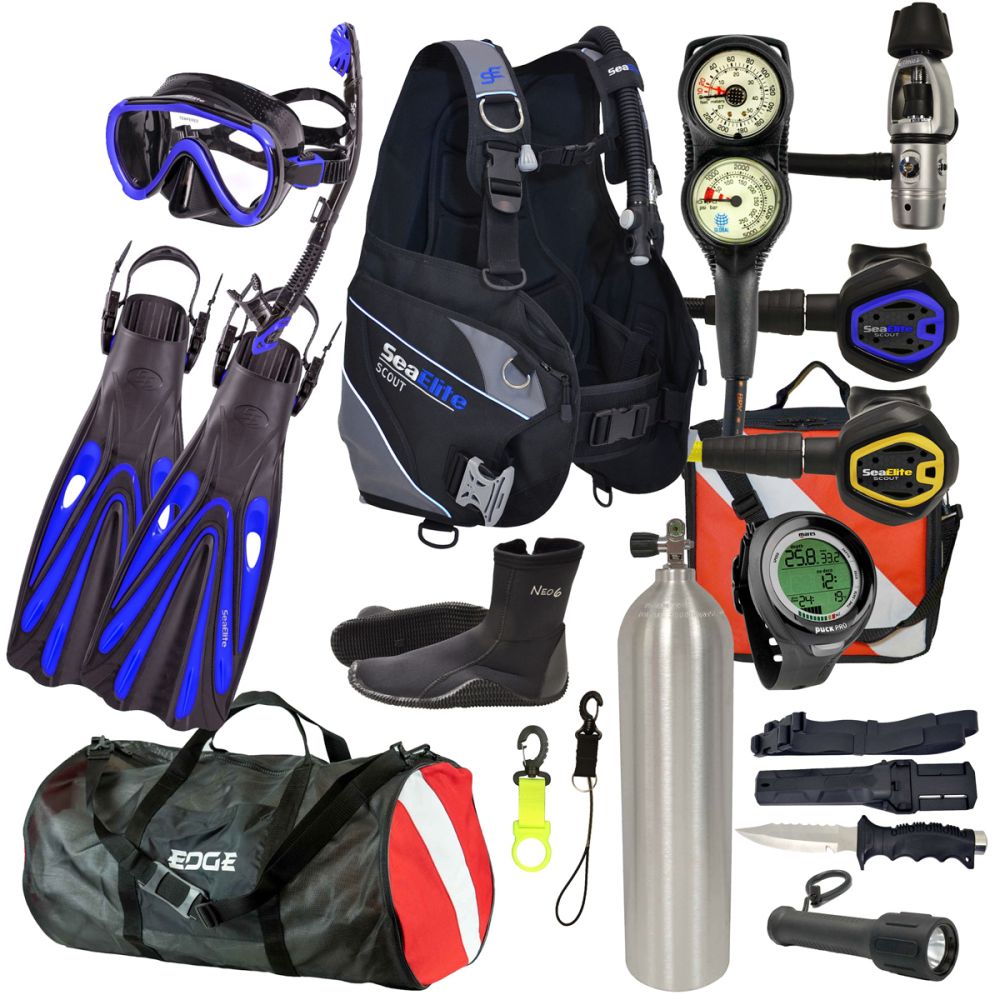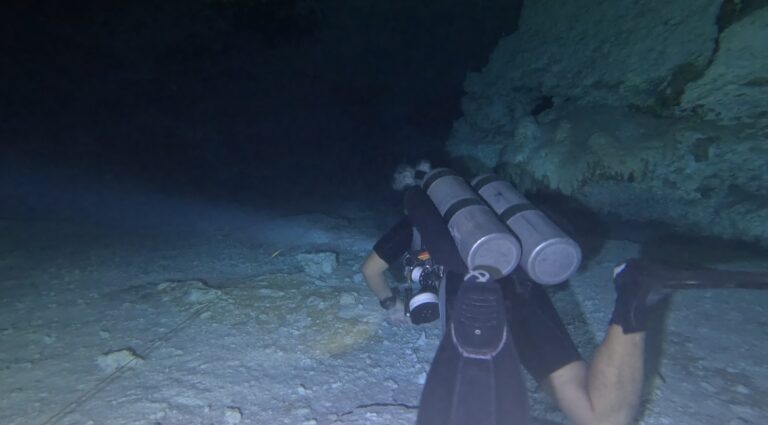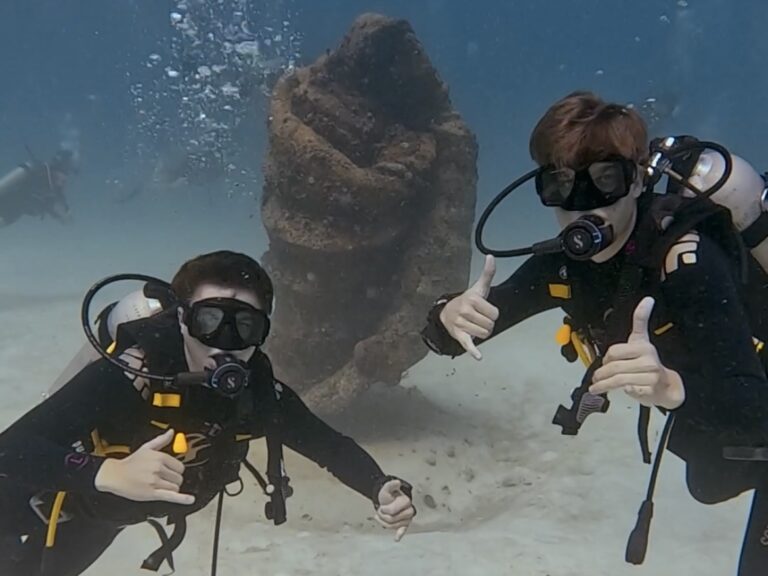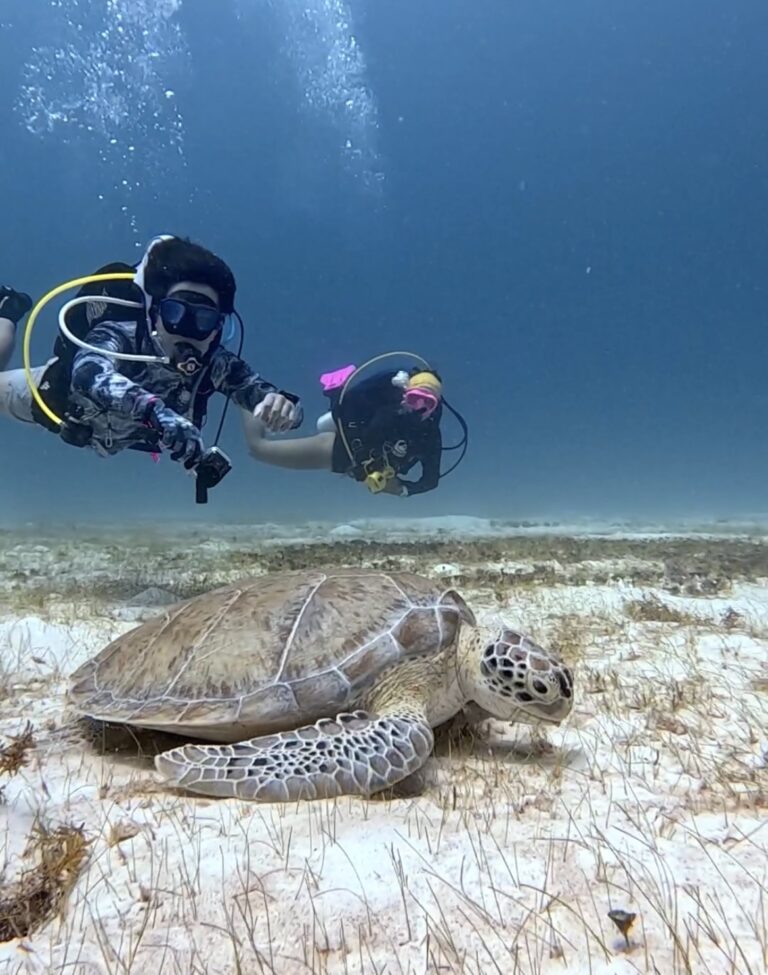Scuba diving, a sport that offers a glimpse into the wonders of the underwater world, has come a long way since its inception. The gear we use today is a result of centuries of innovation and technological advancements. In this blog, we’ll explore the evolution of dive gear, from its rudimentary beginnings to the high-tech equipment divers rely on today.
The Early Days: Diving Bells and Helmets
The history of dive gear dates back to ancient civilizations, where the desire to explore beneath the waves was driven by curiosity and necessity. The earliest recorded form of diving equipment was the diving bell, used as far back as 332 BC. These bells, open at the bottom and filled with air, allowed divers to descend to moderate depths while remaining in a pocket of air.
In the 16th century, inventors began designing more sophisticated equipment. The diving helmet, developed in the early 19th century, was one of the first significant advances in underwater exploration. These helmets were connected to air pumps on the surface, allowing divers to breathe while submerged. The helmet was part of a heavy, cumbersome suit made of canvas and rubber, weighing up to 200 pounds, limiting mobility but providing crucial protection and air supply.
The Advent of SCUBA: Self-Contained Underwater Breathing Apparatus
The invention of the Self-Contained Underwater Breathing Apparatus (SCUBA) marked a pivotal moment in the history of diving. In 1943, Jacques Cousteau and Emile Gagnan developed the Aqua-Lung, the first open-circuit SCUBA system. This revolutionary equipment allowed divers to breathe compressed air from a tank worn on their back, freeing them from surface-supplied air and enabling greater freedom of movement underwater.
The Aqua-Lung system’s success sparked a surge in recreational diving, and over the following decades, the equipment was refined for safety, comfort, and efficiency. Improvements included the development of more reliable demand valves, the introduction of buoyancy control devices (BCDs) to manage buoyancy underwater, and the addition of submersible pressure gauges to monitor air supply.
The Modern Era: Advances in Materials and Technology
As technology progressed, so did dive gear. The late 20th century saw the introduction of new materials and technologies that further enhanced the safety and enjoyment of diving.
Wetsuits and Drysuits: Initially made from neoprene, wetsuits provide thermal protection by trapping a thin layer of water between the suit and the skin, which the body warms. Drysuits, introduced later, offer superior insulation by keeping the diver completely dry, making them ideal for cold-water diving. These suits are made from advanced materials like trilaminate, vulcanized rubber, and neoprene, providing both warmth and flexibility.
Dive Computers: One of the most significant advancements in recent decades is the dive computer. These devices continuously monitor a diver’s depth and time underwater, calculating decompression limits and allowing for safer dives. Modern dive computers, like the Garmin Descent MK2i, offer a range of features including GPS navigation, heart rate monitoring, and integration with other devices, making them indispensable tools for both recreational and technical divers.
Regulators: The regulator, which delivers air to the diver on demand, has also seen significant improvements. Modern regulators are designed to provide a smooth, easy breathing experience at various depths and temperatures, with features like adjustable airflow and environmental sealing to prevent freezing in cold water.
Fins: Fins have evolved from simple, heavy rubber designs to lighter, more efficient models made from advanced polymers. Today’s fins, such as the Avanti Quattro+ by Mares, are designed for optimal thrust and maneuverability, reducing fatigue and allowing for longer, more comfortable dives.
The Future of Dive Gear: A High-Tech Horizon
The future of dive gear is set to be even more exciting, with innovations that were once considered science fiction becoming a reality.
Rebreathers: Rebreathers are increasingly popular among technical divers. Unlike traditional open-circuit systems, rebreathers recycle exhaled air, scrub out carbon dioxide, and add oxygen, allowing for extended bottom times and reducing the amount of gas needed. As technology advances, rebreathers are becoming more compact, user-friendly, and affordable, making them more accessible to recreational divers.
Underwater Drones and Communication Systems: Advances in underwater communication systems and drones are changing the way divers explore. Divers can now communicate with each other and the surface more effectively, enhancing safety and coordination. Underwater drones allow for exploration of areas beyond human reach, providing new opportunities for underwater photography and research.
Smart Dive Gear: The integration of smart technology into dive gear is an exciting development. From heads-up displays integrated into masks to smart gloves that provide tactile feedback, the gear of the future promises to enhance the diving experience through augmented reality and improved situational awareness.
The evolution of dive gear is a testament to human ingenuity and our desire to explore the unknown. From the early days of diving bells and helmets to the high-tech equipment of today, each advancement has brought us closer to the underwater world and allowed us to explore its depths safely and comfortably. As technology continues to advance, the future of dive gear looks promising, offering even greater possibilities for discovery and adventure beneath the waves.
Whether you’re a seasoned diver or a newcomer to the sport, understanding the history and evolution of dive gear can deepen your appreciation for the technology that allows us to explore the mesmerizing world beneath the surface. So, next time you gear up for a dive, take a moment to reflect on the journey that has made it all possible. Happy diving!



